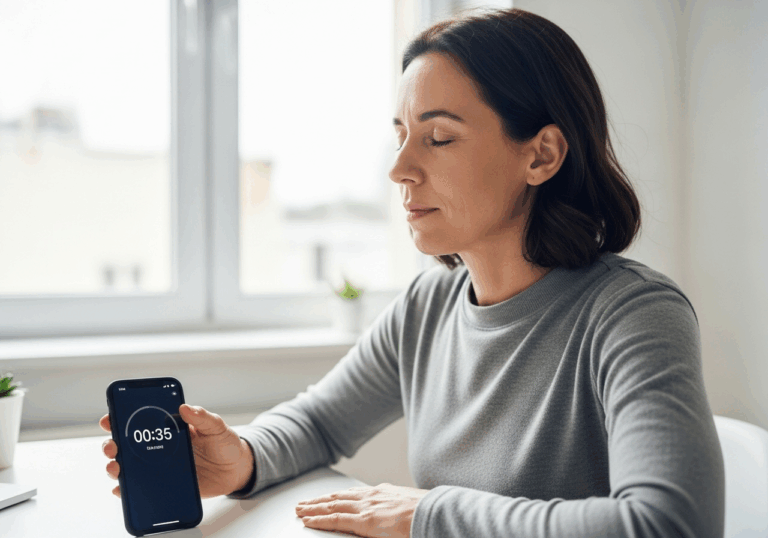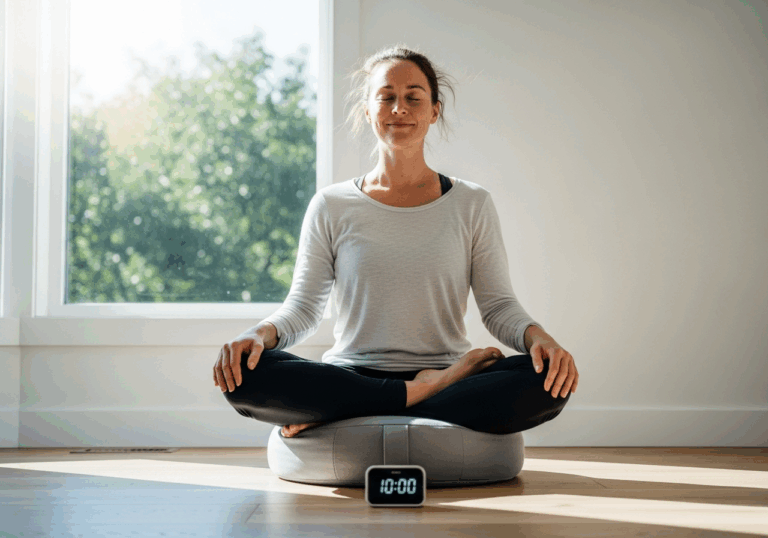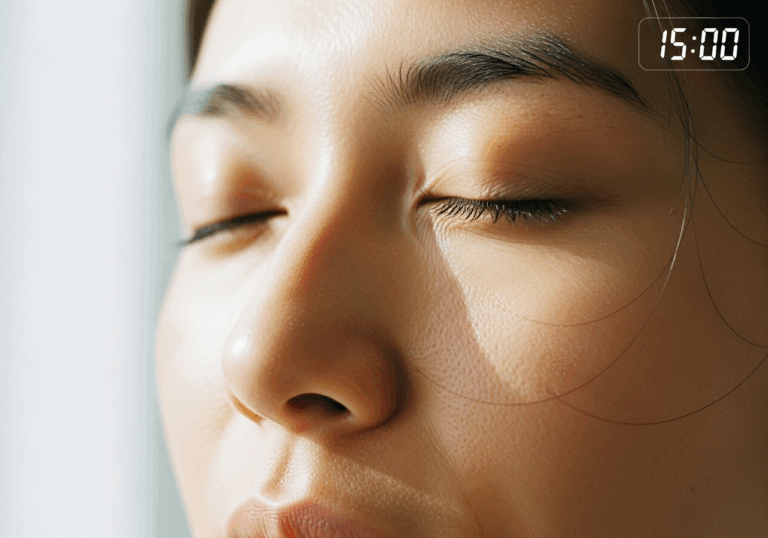Science-Backed Tips
Accelerated Exposure Schedules Reduce Anxiety Faster
Intensified sessions cut anxiety symptoms by 30% in less time.
📊 Did you know?
💡 Why It Matters
1️⃣
Shortened treatment timelines can lead to quicker recovery, enhancing overall mental health.
2️⃣
Lower drop-out rates improve treatment adherence, maximizing public health outcomes.
3️⃣
Faster symptom relief can lead to improved quality of life and reduced healthcare costs.
✅ Try These Micro-Tips
🎯
Engage in exposure therapy sessions 3 times a week for optimal results.
🎯
Consider shorter, more frequent sessions of 20 minutes each to enhance habituation.
🎯
Track your anxiety levels weekly to monitor progress and adjust therapy as needed.
🎯
Consult with a mental health professional to tailor exposure schedules to your needs.
📚 The study
The randomized controlled trial compared treatment pacing, demonstrating that sessions scheduled closer together not only led to faster symptom relief but also resulted in lower drop-out rates.
This is crucial for public health, as shorter treatment timelines can alleviate anxiety sooner, enhancing overall mood and quality of life.
By reducing the time patients spend in treatment, healthcare costs can also be minimized, making mental health care more accessible and effective.
The findings underscore the importance of optimizing treatment approaches to improve adherence and outcomes, ultimately fostering a healthier society.
With quicker fear habituation, individuals can experience a swifter return to normalcy, paving the way for a brighter future free from the burdens of anxiety.
❓ Frequently Asked Questions ❓
Learn more
What are intensified temporal exposure schedules?
Intensified temporal exposure schedules involve scheduling therapy sessions closer together to enhance the effectiveness of treatment. This approach accelerates response times and reduces drop-out rates for individuals undergoing exposure therapy.
How do intensified exposure schedules affect anxiety reduction?
These schedules facilitate quicker fear habituation, leading to faster anxiety reduction. As a result, individuals experience improved mood more swiftly.
What was the objective of the study on exposure schedules?
The objective was to test the effects of intensified versus standard pacing in exposure therapy sessions. This comparison aimed to evaluate the impact on treatment outcomes and patient adherence.
What were the key findings of the research?
The research found that intensified exposure schedules resulted in faster symptom relief and lower drop-out rates. These outcomes suggest significant public health advantages by improving treatment adherence.
Why is it important to shorten treatment timelines?
Shortened treatment timelines can lead to quicker recovery, enhancing overall mental health. This approach allows individuals to experience relief from anxiety sooner, which can improve their quality of life.
How can lower drop-out rates benefit public health?
Lower drop-out rates improve treatment adherence, ensuring that more individuals complete their therapy. This maximizes public health outcomes by increasing the overall effectiveness of mental health interventions.
What is the recommended frequency for exposure therapy sessions?
Engaging in exposure therapy sessions three times a week is recommended for optimal results. This frequency helps to enhance habituation and accelerate the therapeutic process.
What is the ideal duration for exposure therapy sessions?
Shorter, more frequent sessions of about 20 minutes each are suggested to enhance habituation. This approach allows for more manageable and effective exposure to anxiety-provoking stimuli.
How can individuals track their progress in therapy?
Tracking anxiety levels weekly can help individuals monitor their progress throughout therapy. This practice allows for adjustments to be made to the exposure schedule as needed.
Why should one consult a mental health professional regarding exposure schedules?
Consulting with a mental health professional ensures that exposure schedules are tailored to individual needs. This personalized approach can enhance the effectiveness of therapy and improve outcomes.





